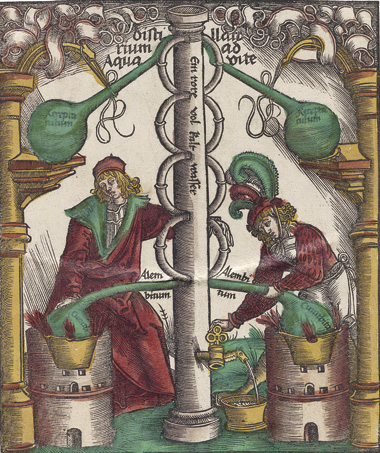

Galen and Dioscorides were considered ancient authorities on the subject, and many spurious treatises on the subject were attributed to them. Snake and dog bites as well as the ill effects of scorpions and spiders and other animals caused much concern, while the poisonous properties of various minerals and plants, such as aconite, mandrake, and black hellebore, were exploited. The topic of poisons was of great interest in both antiquity and the medieval world and it also generated its own literature. Illuminated opening of The Storehouse of Medicaments Concerning the Explanation of Materia Medica ( Makhzan al-adwiyah dar-i bayan-i adwiyah) by the 18th-century physician Muhammad Husayn ibn Muhammad Hadi al-`Aqili al-`Alavi,Ĭopy finished (4 Dhu al-Hijjah 1144 H) by the scribe Hasan ibn `Abd al- Musavi. Is typical of late Safavid Persian manuscript workshops, though it is likely that the Safavid artisan had moved to the Mughal court at Delhi since the volume was produced in 1732 (1144 H), the year the Safavid dynasty in Iran collapsed and effectively ceased to rule. The illuminated presentation copy, now at the National Library of Medicine, of this alphabetical Persian treatise on materia medica titled The Storehouse of Medicaments Concerning the Explanation of Materia Medica ( Makhzan al-adwiyah dar-i bayan-i adwiyah)
#ABULKASEM ALCHEMISTRY DISTILLATION ISLAMIC MANUALS#
His manual formed the basis of many subsequent manuals on medicinal substances, including that written in the 18th-century by Muhammad Husayn ibn Muhammad Hadi al-`Aqili al-`Alavi, a practitioner in India and grandson of a well-known Indian practitioner. His Arabic treatise, The Comprehensive Book on Materia Medica and Foodstuffs ( Kitab al-Jami` li-mufradat al-adwiyah wa-al-aghdhiyah), was an alphabetical guide to over 1400 simples taken from his own observations as well as from 150 written sources that he names. The largest and most popular of materia medica manuals was that by Ibn al-Baytar, who was born in Malaga in the kingdom of Granada towards the end of the 12th century and became `Chief of Botanists' in Cairo in the first half of the 13th century. Formularies were often composed as larger independent collections of recipes, and some were written for specific use in hospitals. Medical encyclopedias usually had one chapter on materia medicaĪnd another on recipes for compound remedies. Numerous Arabic and Persian treatises were subsequently written on medicaments. Knowledge of medicinal substances was based initially upon the approximately 500 substances described in the 1st century AD by Dioscorides in his Greek treatise on materia medica.

The preparation and use of medicinal drugs was a topic that also had its own specialized literature. In later Arabic works, medicinals were used that came from as far afield as China, Southeast Asia, the Himalayas, southern India, and Africa.

In the field of materia medica and its applications, Islamic writers surpassed their earlier models, primarily because their broader geographic horizons brought them into contact with drugs unknown to earlier peoples, such as camphor, musk, sal ammoniac, and senna.


 0 kommentar(er)
0 kommentar(er)
